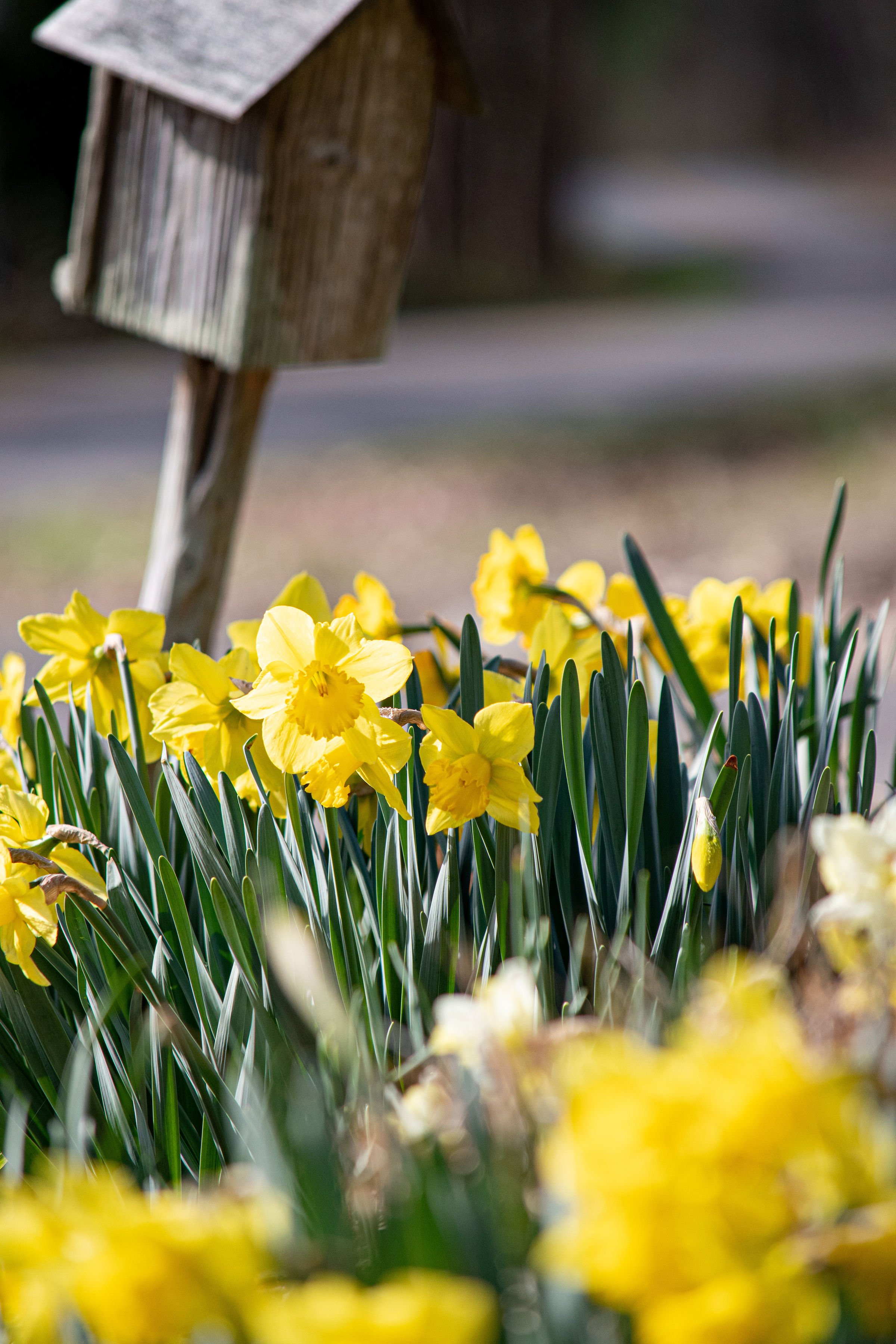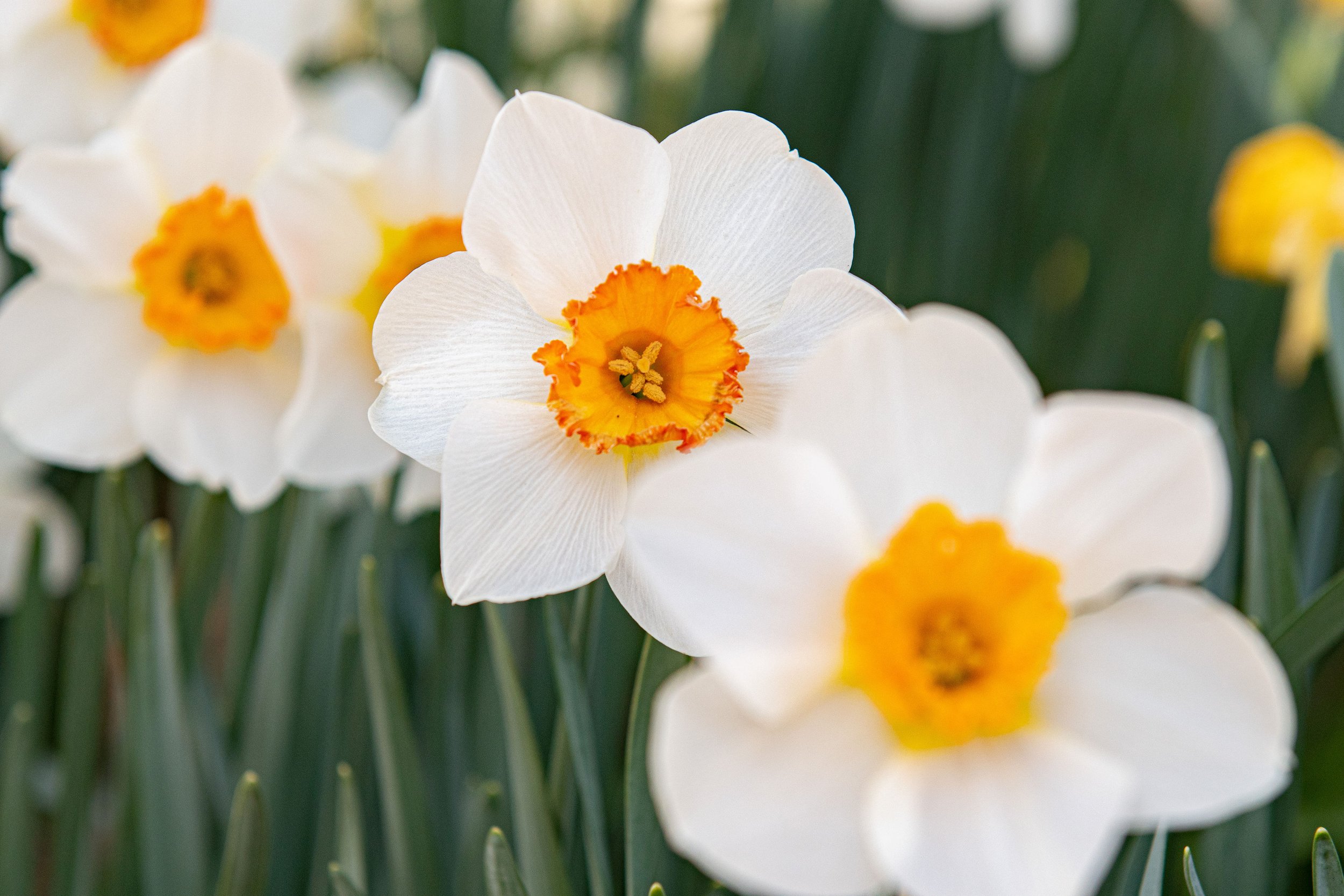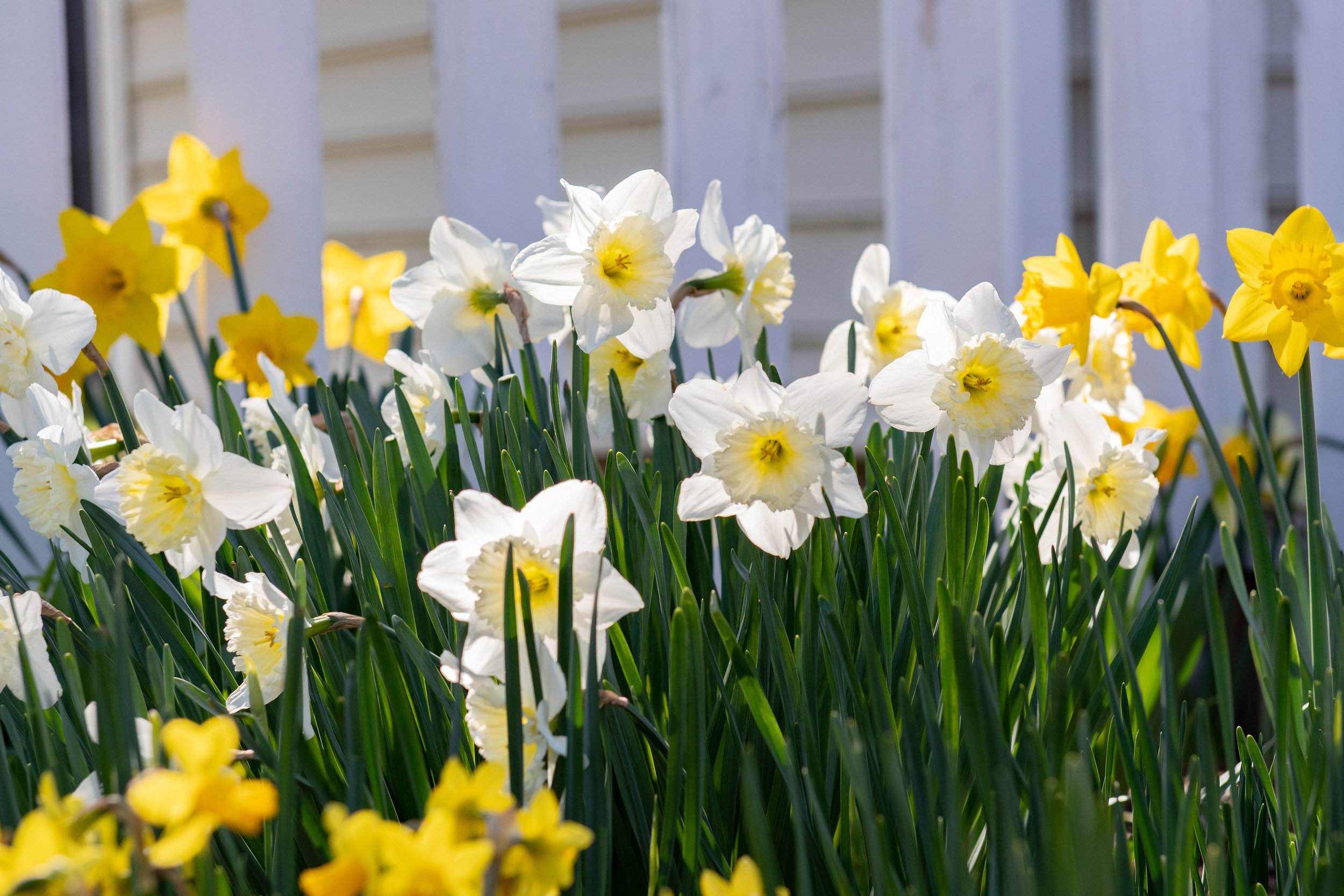The History of Gloucester County
The following information is also showcased on the kiosks located at Tucker Pocket Park on Main Street.
Virginia Indians and English Colonists
Native Americans lived in Virginia for thousands of years prior to the arrival of English colonists at Jamestown in 1607. The stronghold of Chief Wahunsenacawh was located nearby along the York River at Werowocomoco. As the population of colonists grew, they forcibly occupied lands of the Powhatan Indians. In 1634, the colony was divided into eight "shires” or counties and in 1651, Gloucester County was established. The following year, the county’s first courthouse was built. Gloucester County was named for Henry Stuart, Duke of Gloucester, third son of King Charles I.
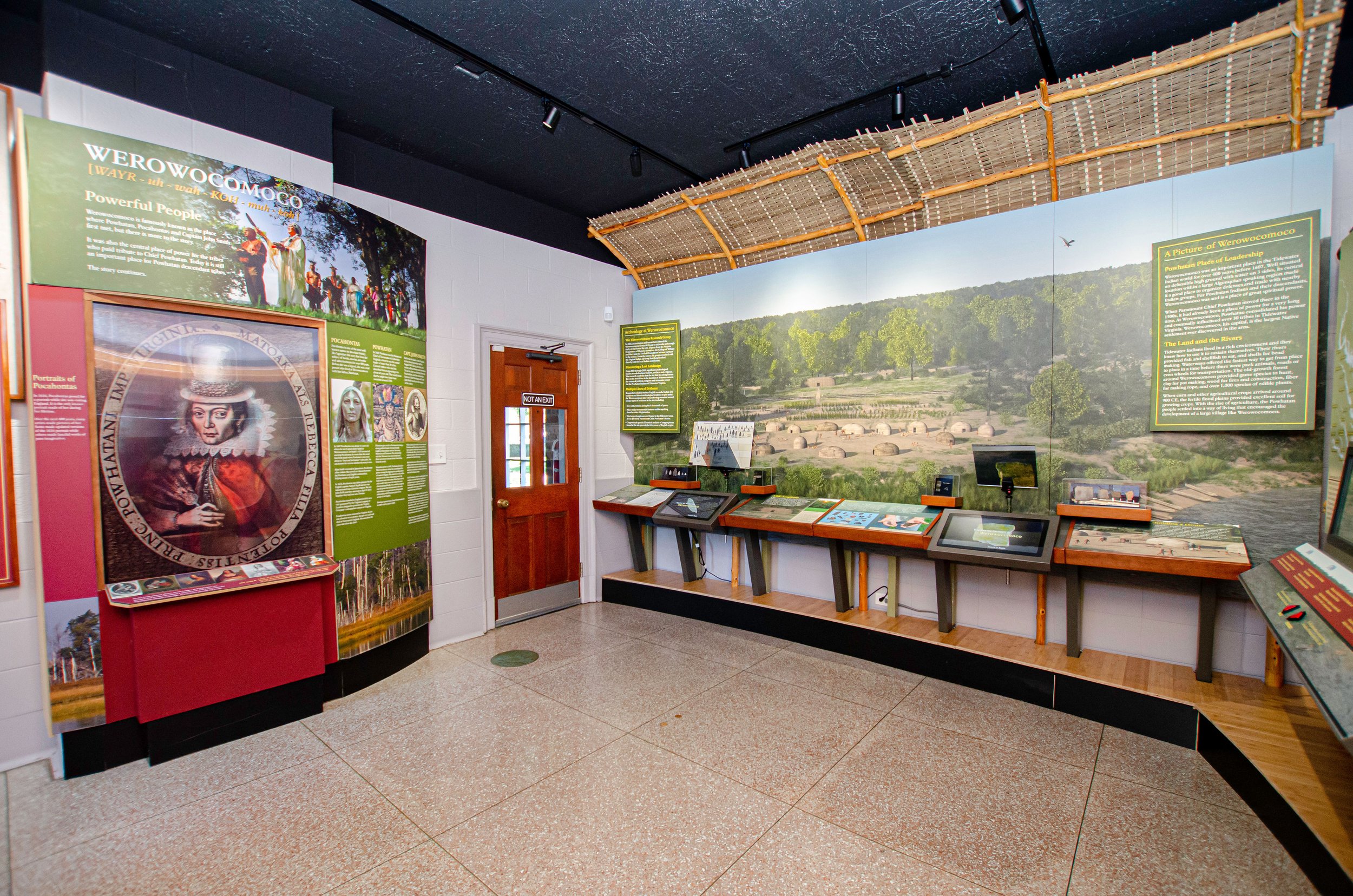
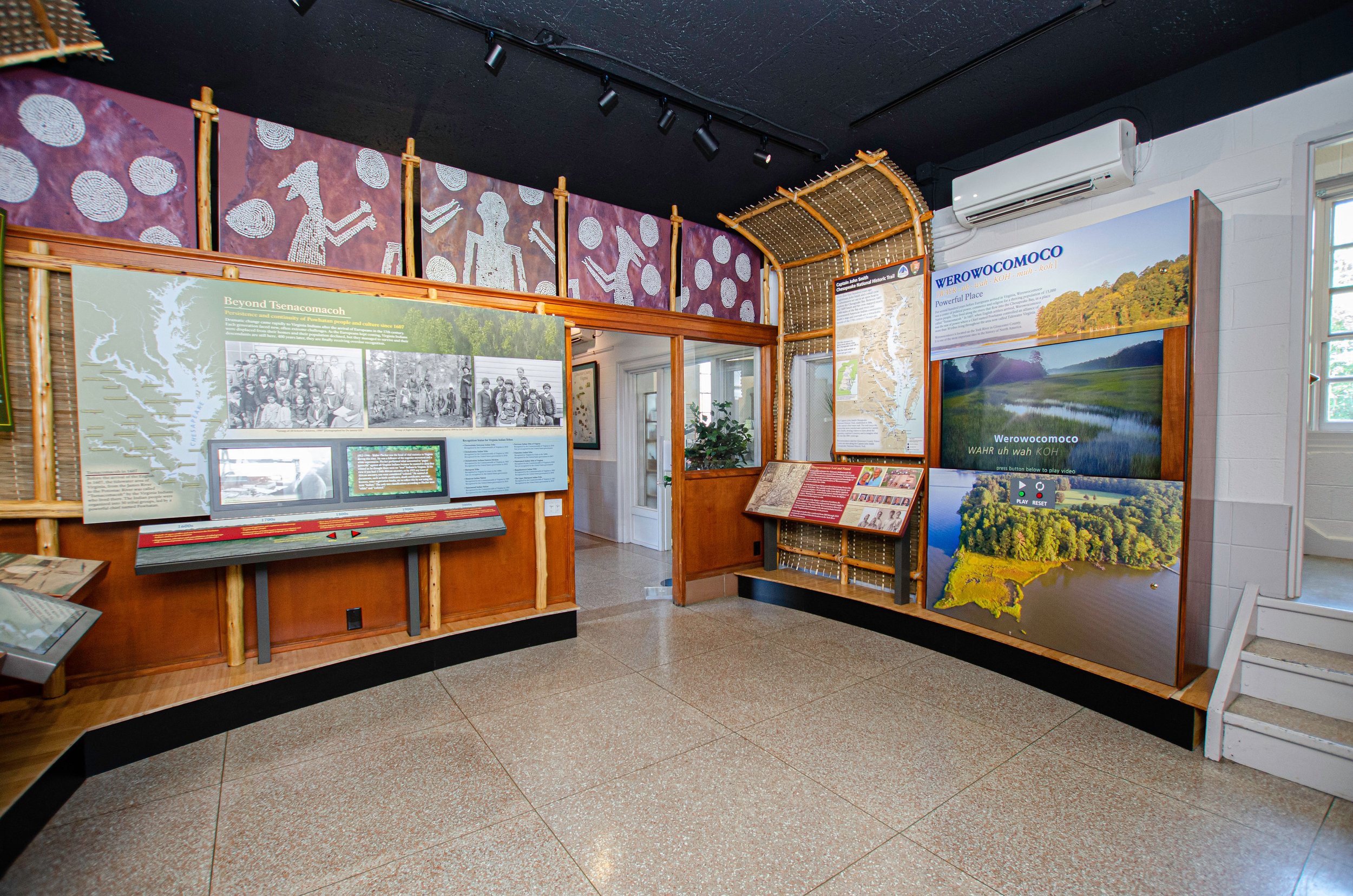
Early History
Gloucester’s prosperity during the 1670s-1720s, was founded on tobacco grown by enslaved Africans. As a result, the county became home to many plantations. In 1769, a new town was established by act of the General Assembly of Virginia to be located on land surrounding the courthouse. The town was named "Botetourt Town" after Lord Botetourt, Governor of the Virginia Colony from 1768 to 1770. Later this name was dropped in favor of "Gloucester Courthouse.”
Strategic Location
The York River is narrow at the southern tip of Gloucester County. Recognized as an important defensive position, the English colonists called this area Tyndall's Point for Captain John Smith's mapmaker Robert Tyndall. Originally fortified in 1667 to protect the colony from Dutch invaders, the site was named Fort James in 1671.The British Army refortified the point in August 1781 and occupied it during the Siege of Yorktown. Gloucester Point was the site of the "Second Surrender" by General Charles Lord Cornwallis to General George Washington. Gloucester County is also home to the October 3, 1781, Battle of the Hook, the largest cavalry engagement of the American Revolution.
During the American Civil War, the Confederate Army saw the value of Gloucester Point and in 1861, built a star-shaped fort overlooking the river. The Union Army controlled the fort from May of 1862 until the end of the war and used it as a base for conducting raids and reconnaissance throughout the county.
Places and People of Interest
Points of interest include Warner Hall, George Washington's maternal grandmother's home which is still an active residence; Rosewell, where Thomas Jefferson spent many nights with his friend John Page; and both Washington and Jefferson worshiped (often at the same service) at Abingdon Episcopal Church. Notable Gloucestonians include John Buckner, who in 1680, brought the colony its first printing press; John Clayton, world renowned botanist; Dr. Walter Reed, conqueror of yellow fever; and Thomas Calhoun Walker, the first African American attorney in Virginia.
Daffodils
Gloucester’s early settlers brought daffodils as reminders of home as they established themselves in the area. The soil and weather conditions were ideal for daffodils. The bulbs were passed from neighbor to neighbor and spread from the orderly beds and burying grounds of the great houses to the fields. By the beginning of the 20th century daffodils grew wild in the untended fields of Gloucester. It is from this abundance of natural beauty that grew the extensive daffodil industry which earned the county the title "Daffodil Capital of America" in the 1930s







